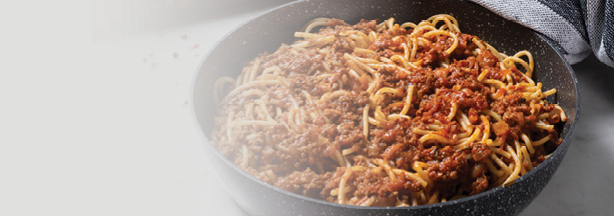Phosphorus Binders (Phosphate Binders) and the Dialysis Diet
For people on dialysis, controlling your renal diet alone usually won’t keep your phosphorus levels in a healthy range. This is where phosphorus binders come in. Phosphorus binders (also called phosphate binders) prevent the body from absorbing the phosphorus from the food you eat.
Phosphorus binders help to pass excess phosphorus out of the body in the stool, reducing the amount of phosphorus that gets into the blood. Usually phosphate binders are taken within 5 to 10 minutes before or immediately after meals and snacks. Your doctor and renal dietitian will tell you when you should take your phosphate binders and discuss how many you need to take when you eat. Smaller meals and snacks usually require a lower number of phosphorus binders; with larger meals you may take more.
People on dialysis get monthly lab results that show if their phosphorus level is in a healthy range (3.0 to 5.5 mg/dL, or as close to the laboratory reference range as possible). If your phosphorus levels are not in a healthy range, you can talk with your doctor or dietitian and take action to change what you are eating. They may also adjust your phosphorus binder prescription, if you need another brand or should be taking a different amount.
How do phosphorus binders work?
Phosphorus binders work in one of two ways. Some phosphate binders, such as Renvela, work like a sponge and soak up the phosphates in the food so that it doesn’t get into the blood. Instead it is carried through the digestive tract and eliminated in the stool. Other phosphorus binders, such as Fosrenol, Phoslo and Tums, work like a magnet. The phosphorus in the food connects to the phosphorus binder and it is carried through the digestive tract to be eliminated.
Some people may be prescribed a combination of phosphorus binders to help keep their phosphorus level in a healthy range.
Common types of phosphorus binders (phosphate binders)
There are four common types of phosphorus binders: calcium-based phosphorus binders; aluminum-free, calcium-free phosphorus binders; aluminum-based phosphorus binders; and magnesium-based phosphorus binders.
- Calcium-based phosphorus binders have largely replaced aluminum-based binders and may also serve as calcium supplements. Calcium acetate, also called PhosLo, is one commonly used phosphorus binder. There are many others, usually containing calcium carbonate. Tums is a form of calcium carbonate, which can also be effective. Because most people need to take several phosphate binders with every meal, there may be concern about dialysis patients absorbing too much calcium from these medicines, so calcium levels must be monitored. Additionally, some of the calcium from these binders is absorbed into the bloodstream and may deposit in small blood vessels, causing organ damage.
- Aluminum-free, calcium-free phosphorus binders, such as Renagel (sevelamer) and Renvela (sevelamer carbonate), mix with phosphorus in the intestinal tract, but do not contain aluminum or calcium, so they don’t cause problems with excess aluminum or calcium load. Chewable Fosrenol (lanthanum carbonate) is another aluminum and calcium free binder.
- Aluminum-based phosphorus binders have been shown to have toxic side effects that cause bone disease and damage the nervous system, therefore they are rarely prescribed as a long-term phosphorus binder today. Aluminum based binders may be prescribed for short term use when phosphorus is poorly controlled and other binders are not effective.
- Magnesium-based phosphorus binders may be used as an alternative to calcium-based phosphate binders when it’s necessary for a patient to have a lower calcium intake. Magnesium levels should be monitored. This phosphate binder may be appropriate for peritoneal dialysis (PD) patients, who tend to run lower magnesium levels.
Phosphorus binders combined with a low-phosphate diet can help keep you active and healthy. Talk to your doctor or dietitian to find out more about phosphorus binders and which combination may work best for you.
Related kidney diet education articles on DaVita.com

Download
Cookbooks
Access free kidney-friendly cookbooks from DaVita dietitians.
1,000,000+ Enjoyed So Far!

Eating Out
Guides
See kidney-friendly food and drink choices to consider when eating out at your favorite restaurants. Choose from 12 cuisine types.
